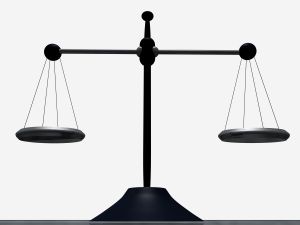
While some retired do-it-yourself investors may feel they are in the business of trading and can file losses accordingly on their tax returns, the Canada Revenue Agency won’t view it that way, according to a recent ruling from the Tax Court of Canada.
Allan Prochuk worked in the financial industry for roughly 13 years until deciding to leave the business and focus on his own investments in his registered retirement savings plan (RRSP). According to the reasons for judgment court documents, Prochuk did quite well investing on his own and increased the savings in his RRSP by a factor of eight over the course of 12 years.
In 2005, Prochuk invested $250,000 in a foreign exchange currency fund with Sabourin and Sun Group of Companies (SSGC) by making a withdrawal from his RRSP. After the initial investment, Prochuk received three payments totaling $63,750. However, the fund proved to be a fraud and the remaining principle of the original investment is unlikely to be ever recovered.
As a result, Prochuk claimed $186,250 business loss on his 2007 income tax return, arguing that his business was trading and that he engaged in an “adventure or concern” through his investment in SSGC, meaning that the point of the purchase was the same as though for a business.
The court ruled that Prochuk’s trading could not qualify as a business because it was the only investment he made outside of his RRSP. Furthermore, all trades made inside an RRSP cannot count as being part of a business, according to court documents, because the savings vehicle is unique and has very strict provisions. For example, the contributor may only hold “qualified investments” in the account and those investments must be in a trustee’s name and not the RRSP holder.
Furthermore, whereas income earned as part of a business must be declared each year in a tax return, funds accumulated in a RRSP do not have to be reported until a withdrawal is made from the account.
In terms of whether or not Prochuk engaged in an “adventure or concern” by investing in SSGC, the court ruled that Prochuk’s investment did not meet the criteria because the goal of the investment was to reach a capital gain. As well, the funds were locked in for 28 months and had the investment proved profitable Prochuk would have reinvested instead of selling the fund “promptly for a profit” as he would do for a business.